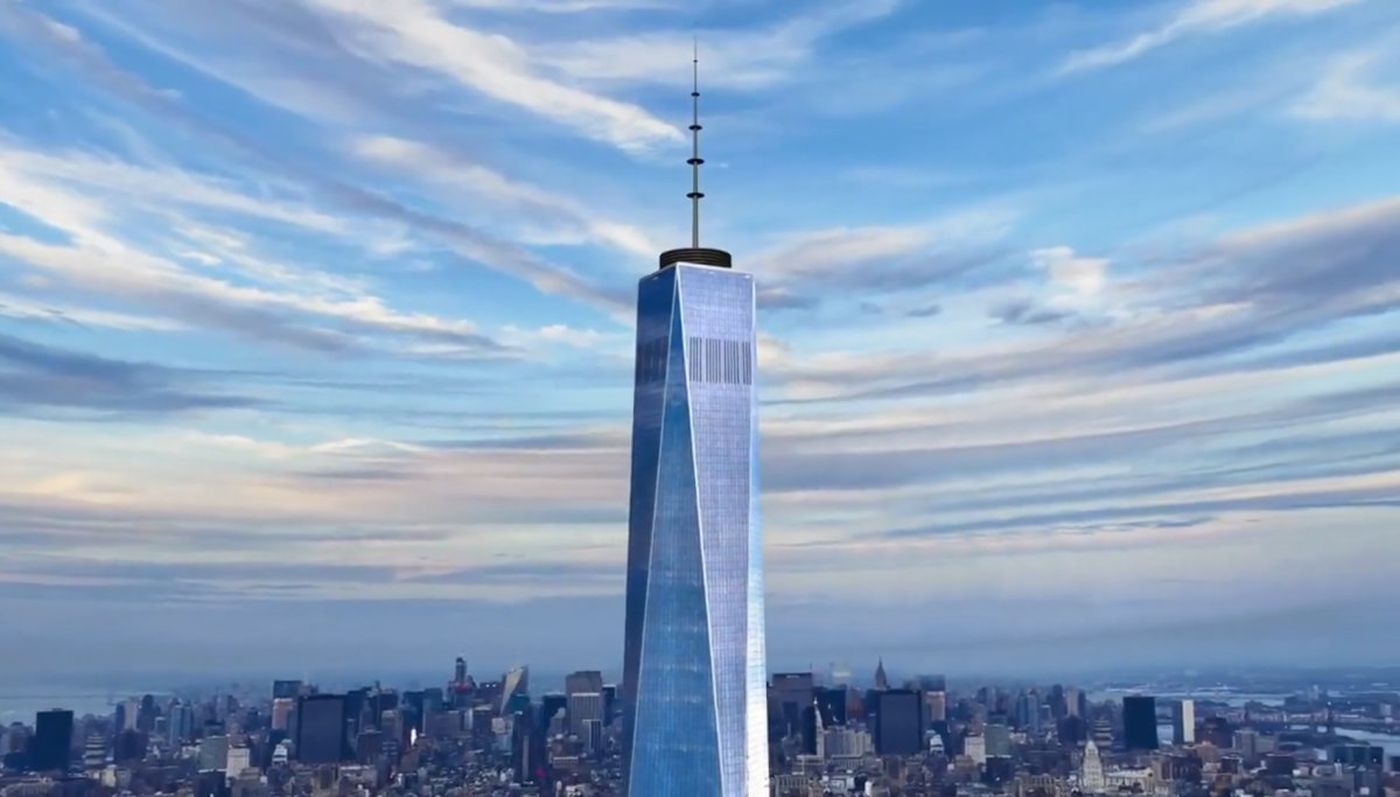At Real Life, Apoorva Tadepalli examines the modern city—with it’s climate-controlled office buildings and sleek skyscrapers that reflect the sky—as a form of “augmented reality.” Beginning with the German Expressionists, suggests Tadepalli, the city was imagined as a heightened version of our mundane reality. But this augmented reality has been all too conducive to surveillance, control, and labor exploitation. Here’s an except:
Central air conditioning, which coincided with skyscrapers in early 20th-century America, made it possible to exist primarily within a layer of manmade reality. It radically changed our relationship to the natural environment, which could now be controlled, or obscured, as required. Before central air conditioning was invented, houses were designed in concert with natural airflow: more windows, higher ceilings, porches or water bodies or similar sections of the house that could be spent in the shade during the hottest months. Central AC defined the kinds of structures that could now be built (shopping malls, museums, office blocks) and how people spent the summer (largely at the movies — Hollywood’s golden age began around the same time). Air conditioning, and the general guzzling of electricity, became a status symbol.
Now, buildings are not designed for ventilation — skyscrapers and most office buildings are airtight — but for central cooling. Windows that open ruin the lines of the building as it is meant to look from the outside; they also let in noise and dust, while a controlled environment is cleaner, more stable and predictable — more legible. Willis Carrier, inventor of the modern air-conditioner, marketed it as “manufactured weather.” Architect Rem Koolhaas wrote that “if architecture separates buildings, air conditioning unites them,” and this seems to get at the crux of how the urban environment augments reality: it makes a totalizing whole out of what never was before. The whole city becomes our indoor, customizable, augmented world.
Image: The Freedom Tower, New York. Via NY Daily News.
